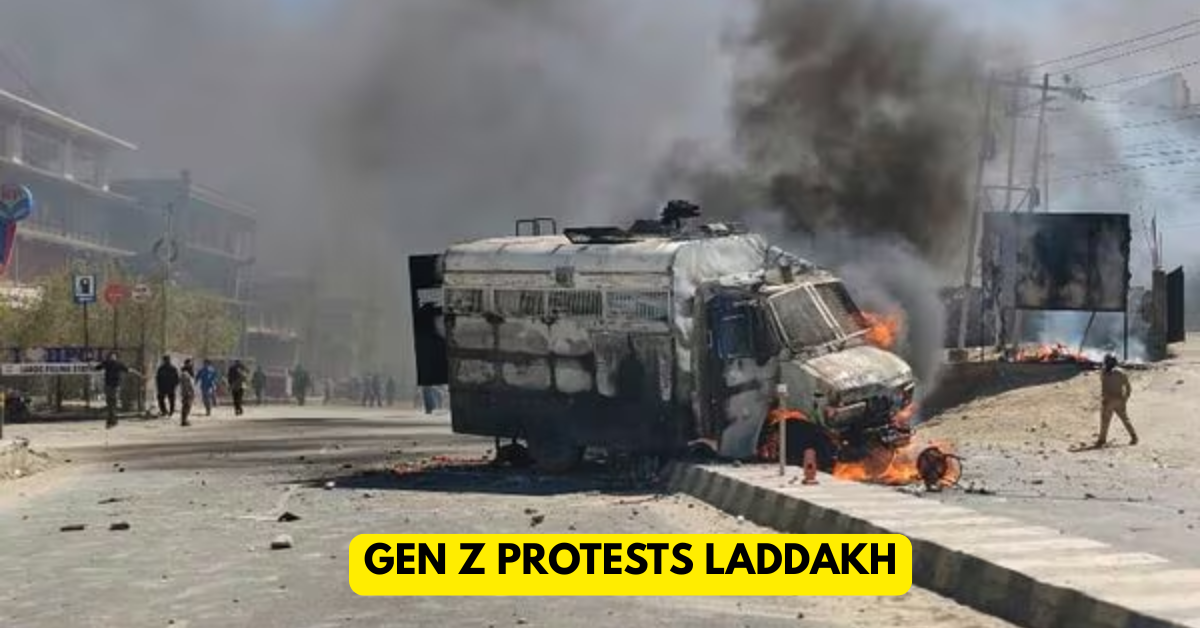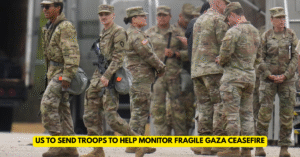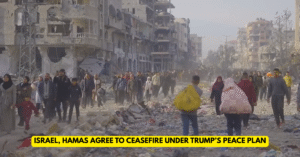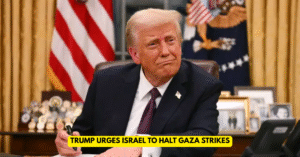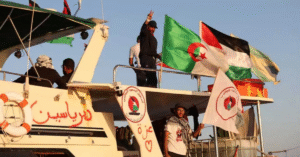Leh (Ladakh) — Leh, the tranquil heart of Ladakh, was engulfed in flames and fury this week as young protesters poured onto the streets demanding statehood, constitutional safeguards, and jobs. The demonstrations — spearheaded largely by Ladakh’s Gen Z — spiraled into violent clashes, leaving four people dead and dozens, including police personnel, injured.
A Movement Years in the Making
Since Ladakh was carved out as a Union Territory in 2019, residents have repeatedly complained of a democratic vacuum. With no elected assembly and decisions routed through bureaucrats, many locals say they feel voiceless in their own land. Protesters insist that full statehood and inclusion under the Sixth Schedule of the Constitution — which grants special autonomy to tribal regions — are essential to protect Ladakh’s fragile ecology, unique culture, and scarce resources.
Frustration Among the Youth
The spark this time came from a deep well of joblessness and unmet promises. Many of Leh’s educated youth claim they’ve been left waiting for employment guarantees that never materialized. “We’ve been shouting for years, but nobody listens until we block roads or burn tyres,” one young protester said.
The Wangchuk Effect
The movement gained momentum when climate activist Sonam Wangchuk began a hunger strike, appealing for swift government action. His emotional appeals resonated with students and young professionals. But when two hunger strikers fell seriously ill, a bandh was declared — and the situation turned volatile.
From Peaceful Rally to Street Violence
By afternoon, protesters attacked government offices, torched vehicles, and clashed with security forces. Police responded with batons and eventually opened fire, claiming it was necessary to restore order. The death toll rose to four, with dozens injured on both sides.
Ward offices, a BJP unit, and parts of the district administration complex were left in ruins. As dusk fell, Leh was placed under curfew, with security forces patrolling deserted streets.
Blame and Counter-Blame
The Union Government accused Wangchuk of “provocative speeches” and alleged foreign influence, while Wangchuk countered that the unrest was “the natural outcry of neglected youth.” Political parties jumped in as well: the BJP claimed Congress leaders were inciting the movement, while the opposition maintained that the protests were spontaneous and grassroots.
The Road Ahead
Authorities have promised swift action. A high-powered committee is scheduled to meet in October to discuss Ladakh’s political future. Meanwhile, the families of the deceased are demanding justice, and youth leaders warn that protests will intensify if their demands are ignored.
Leh’s streets may have quieted under curfew, but the unrest has exposed a truth Ladakh’s young generation is no longer willing to hide: they want a voice, dignity, and a stake in shaping their future.
